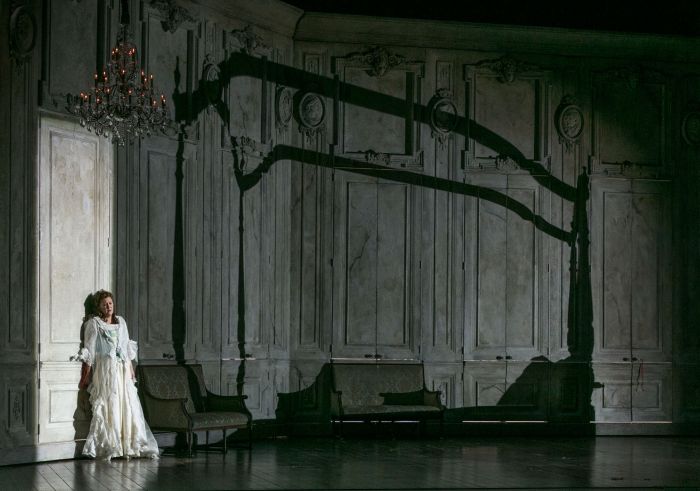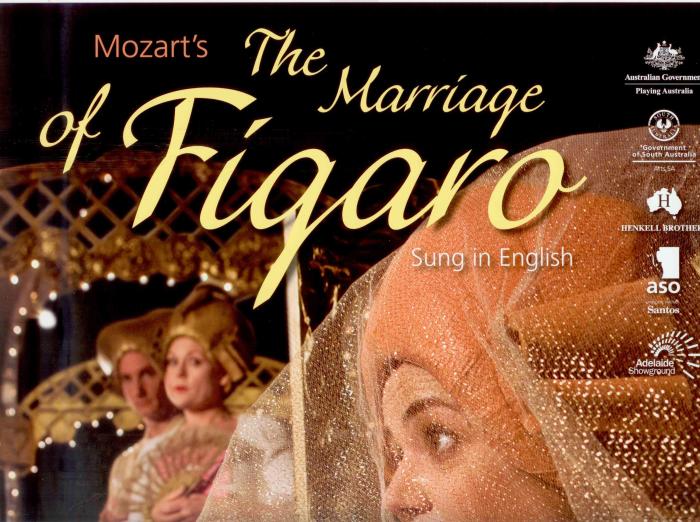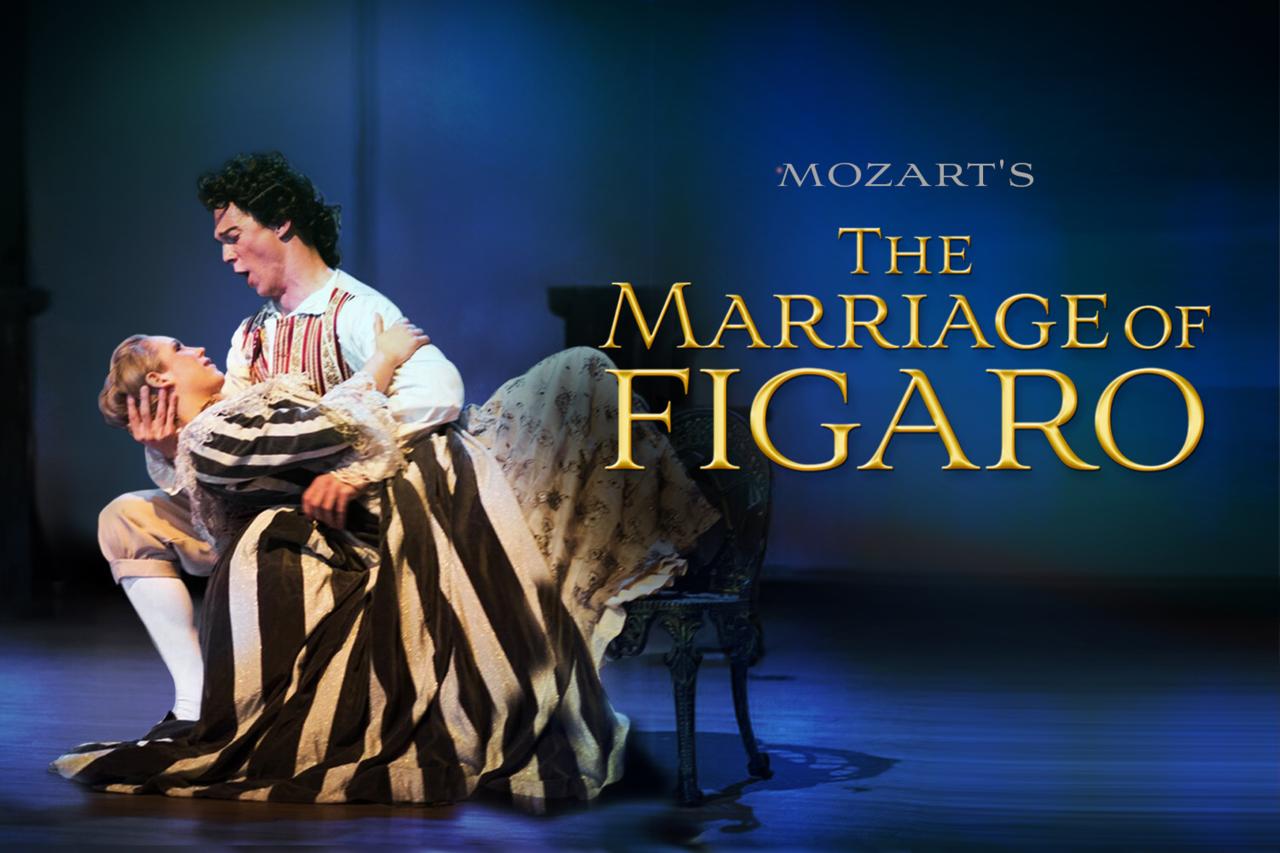The libretto for The Marriage of Figaro, an enduring masterpiece by Mozart and Da Ponte, stands as a cornerstone of operatic literature. This comprehensive analysis delves into the structure, characters, themes, and historical context of this celebrated work, offering a multifaceted examination of its enduring significance.
Beyond its intrinsic literary merit, the libretto for The Marriage of Figaro serves as a window into the social and political landscape of 18th-century Europe, reflecting the Enlightenment’s ideals and the growing tensions that would culminate in the French Revolution.
Overview of ‘The Marriage of Figaro’ Libretto

The libretto of ‘The Marriage of Figaro’ is a masterpiece of the Enlightenment era. Written by Lorenzo Da Ponte and set to music by Wolfgang Amadeus Mozart, it premiered in 1786 and quickly became one of the most beloved operas in the world.
The libretto is a comedy that tells the story of Figaro, a barber who is about to marry Susanna, the Countess’s maid. However, the Count has his own designs on Susanna, and he tries to thwart their wedding. The libretto is full of wit, satire, and social commentary, and it has been praised for its realistic characters and its exploration of themes such as love, marriage, and fidelity.
Structure and Form of the Libretto

The libretto of ‘The Marriage of Figaro’ is divided into four acts, each of which is further divided into several scenes. The opera is written in recitative and aria form, with the recitative being used for dialogue and the arias being used for more lyrical and expressive moments.
The libretto also makes use of a number of literary devices, such as symbolism, metaphor, and foreshadowing. For example, the character of Figaro is often associated with the barber’s razor, which is a symbol of his sharp wit and his ability to cut through the social conventions of his time.
Characters and their Relationships
The libretto of ‘The Marriage of Figaro’ features a cast of complex and well-developed characters. The central characters are Figaro, Susanna, the Count, and the Countess. Figaro is a clever and resourceful barber who is determined to marry Susanna. Susanna is a beautiful and intelligent maid who is also determined to marry Figaro.
The Count is a wealthy and powerful nobleman who is obsessed with Susanna. The Countess is a beautiful and virtuous woman who is neglected by her husband.
The relationships between these characters are complex and often conflictual. Figaro and Susanna are deeply in love, but they must constantly be on guard against the Count’s advances. The Count is obsessed with Susanna, but he is also aware that he cannot have her.
The Countess is neglected by her husband, but she still loves him.
Themes and Motifs
The libretto of ‘The Marriage of Figaro’ explores a number of important themes, including love, marriage, fidelity, and social class. The opera celebrates the power of love and the importance of marriage. It also critiques the social conventions of the time, such as the power of the aristocracy and the subservience of women.
The libretto also makes use of a number of motifs, such as the “Figaro” motif. This motif is a musical phrase that is associated with the character of Figaro. It is often used to represent his wit and his determination.
Cultural and Historical Context
The libretto of ‘The Marriage of Figaro’ was written during the Enlightenment era. This was a time of great social and political change. The Enlightenment thinkers believed in the power of reason and the importance of individual liberty. They also criticized the traditional social hierarchy and the power of the aristocracy.
The libretto of ‘The Marriage of Figaro’ reflects the values of the Enlightenment era. It celebrates the power of love and the importance of marriage. It also critiques the social conventions of the time, such as the power of the aristocracy and the subservience of women.
Comparison to Other Librettos: Libretto For The Marriage Of Figaro
The libretto of ‘The Marriage of Figaro’ is one of the most important librettos in the history of opera. It is a masterpiece of the Enlightenment era and it has had a profound influence on the development of opera librettos.
The libretto of ‘The Marriage of Figaro’ is similar to other librettos from the Enlightenment era in its use of wit, satire, and social commentary. However, it is also unique in its focus on the characters and their relationships. The libretto of ‘The Marriage of Figaro’ is a complex and well-developed work that explores a number of important themes.
Modern Interpretations and Adaptations

The libretto of ‘The Marriage of Figaro’ has been interpreted and adapted in a number of different ways over the years. Some productions have focused on the opera’s comedic elements, while others have focused on its social and political themes.
One of the most famous adaptations of the libretto is the 1984 film version directed by Peter Hall. This film starred Tom Hulce as Figaro, Elizabeth Berridge as Susanna, and Kenneth Branagh as the Count. The film was a critical and commercial success, and it helped to introduce the opera to a new audience.
Clarifying Questions
What is the significance of the libretto for The Marriage of Figaro?
The libretto for The Marriage of Figaro is not only a literary masterpiece but also a reflection of the social and political climate of 18th-century Europe. Its exploration of themes such as love, fidelity, and social class continues to resonate with audiences today.
How does the libretto contribute to the overall impact of The Marriage of Figaro?
The libretto’s clever use of recitative and aria, along with its rich symbolism and foreshadowing, enhances the storytelling and character development. It provides the foundation for Mozart’s music, allowing the emotions and conflicts of the characters to be expressed with depth and nuance.
What are some of the key themes explored in the libretto?
The libretto explores a range of themes, including love, marriage, fidelity, social class, and the power of deception. These themes are woven into the plot and character interactions, creating a complex and thought-provoking narrative.